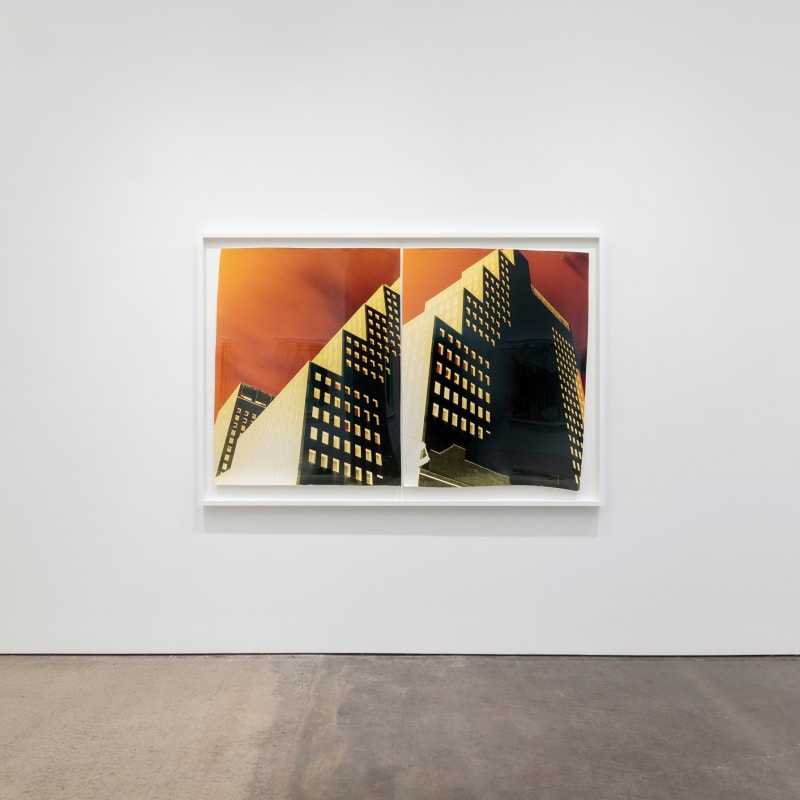Photography is an exercise in disappointment. How many times has my sight been arrested-by a mountain, a vista, a strange street juxtaposition-only for the resulting photo to be flat, featureless, uncommunicative? I sometimes scroll through old photos I've taken and can't remember what I wanted to capture. Yet it seems the most effortless, natural art. Little manual strength or dexterity is required-you look, you click, and light impresses itself everywhere simultaneously on the film. Camera pressed to face, the lens ceases to be an object, becomes a perceived appendage of the eye. The "eye" of a photographer is often praised in the same manner as a pitcher's arm, a singer's voice, a painter's hand. Yet in those cases the body part celebrated is actually performing the action, while the photographer's eye does nothing but select-the camera does the work, and the camera is not an eye. An eye is connected to a brain, and vision is inseparable from thinking, from the gestalt of perception, the interplay of the senses. Photographs we take are so often disappointing because they have been denuded of ourselves, floating free from the pressure of our senses and cognition. The great pictures are those that feel made. They induce synesthesia-we can feel them, smell them, hear them. This ethic is embraced by the photographer John Chiara, currently showing his collection of large color-negative New York photos "Pike Slip to Sugar Hill" at the Yossi Milo Gallery. Chiara imposes himself on the processes cloistered in the camera by building his own, so large that he mounted it on the back of a flatbed. As a result, most of the photos are looking up at buildings, gawking. Within the camera he exposes the giant photo paper directly, physically manipulating the exposure in real time. The colors are ghostly and garish, the solid, darker things made bright, giving the photos the spatial clarity of a blueprint. Texture, by virtue of the print size, the volume of the colors, and Chiara's hand, is palpable. The pictures are quickened by oxymoron. Pointed skyward, they feel subterranean. Defiantly unreal, they are utterly faithful to embodied sight.

